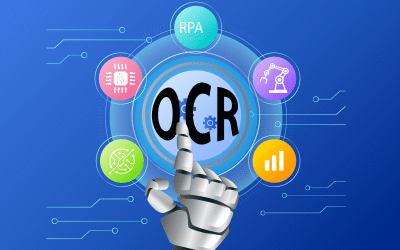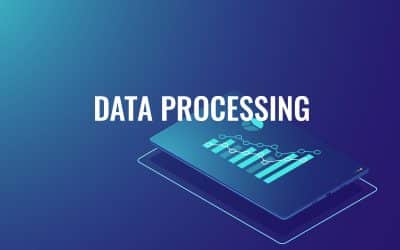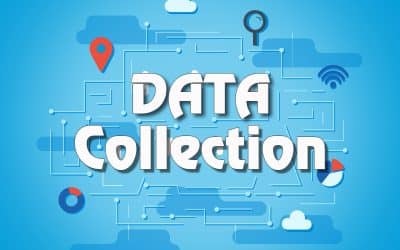According to reports by the International Data Corporation (IDC), the amount of data generated globally is expected to surpass 175 zettabytes by the end of 2025. Despite this, more than 80 percent of all company data remains in unstructured formats such as handwritten...
Significance of OCR for Processing Legal Documents
The legal industry is widely recognized as one of the most highly regulated sectors in the world. A rising trend in this field is legal informatics, which involves the digitization of legal data. Given the abundance of legal information, ensuring security and accuracy...
10 Ways to Streamline Your Business with Document Scanning
Dealing with paperwork and documentation is an unavoidable aspect of any business environment. Managing documents involves numerous processes that can often feel overwhelming. Document scanning services are a powerful solution for digitizing and organizing physical...
4 Key Features of a Document Collection Platform for Banks
Document collection in the banking sector involves the systematic collection and organization of various documents and information from customers and clients. It is an essential procedure for ensuring smooth and safe transactions and also assists in identifying risks,...
How Law Firms Can Streamline Document Management and Enhance Client Service
Lawyers handle a wide range of documents on a daily basis, depending on their area of practice and the specific cases they are working on. The documents that lawyers handle range from legal pleadings, contracts, discovery documents, legal briefs, agreements, witness...
The Game-changing Benefits of Document Scanning in Education
In today's digital age, document scanning has emerged as a powerful tool that offers numerous benefits to various industries, including education. By converting paper-based documents into digital formats, educational institutions can streamline their operations,...
What Are the Benefits of Using OCR and RPA Together for Data Processing?
International Data Corporation (IDC) projects that by 2025, fresh data generation will have increased by 61% from 2019 levels to reach 175 zettabytes. According to this analysis, between 80 and 90 percent of this data is unstructured, making it difficult for machines...
Key Customer Data Collection Techniques
Companies collect a wide range of information from their customers, encompassing personal data, engagement data, behavioral data, and financial information. Personal data includes contact details, residential information, and government-issued identification....
5 Best Practices to Implement a Successful Data Entry System
Data entry is a critical component of data management. The type and quality of the data input system implemented will determine how much of an influence it will have on your overall downstream information management procedures. The value and profitability of a...
AI in EHRs – How Usage of AI Helps Improve Electronic Health Records
The adoption of advanced technologies such as Artificial Intelligence (AI) and Data Science has brought significant changes to the healthcare industry. Reports suggest that physicians tend to devote about 62 percent of their valuable time per patient reviewing...










